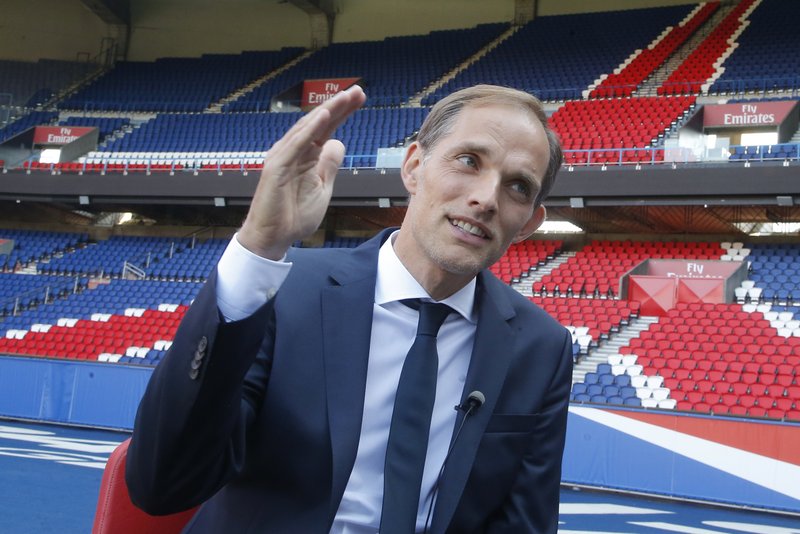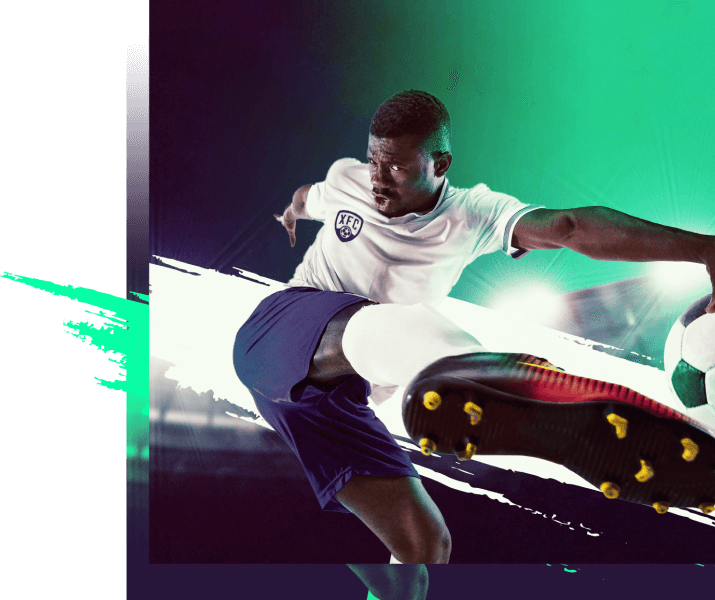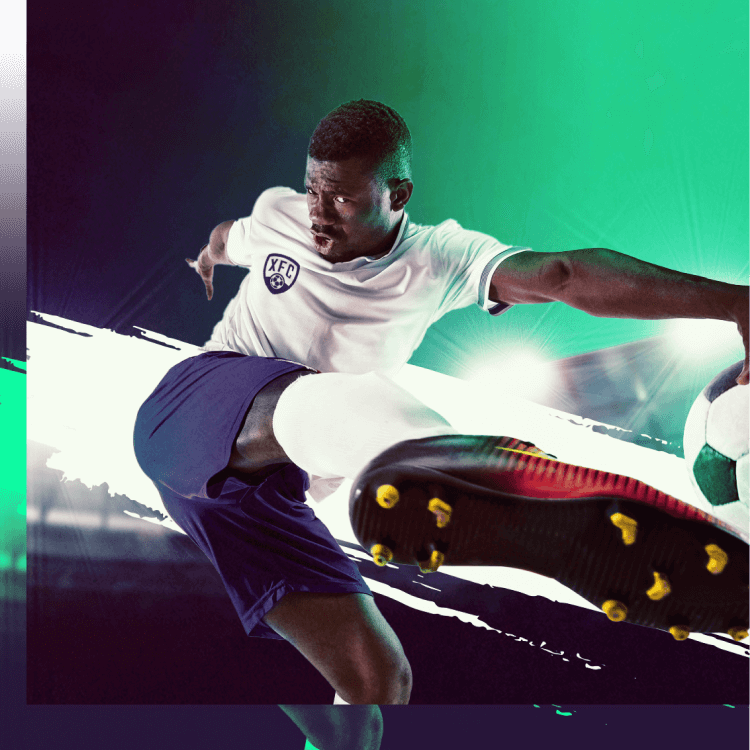Thomas Tuchel, one of the most valued tacticians in the world, has guided Paris Saint-Germain to their very first Champions League final. It is the realization of the club’s objective for the past decade. Today we look at the stats, formations, and football philosophy that governs Thomas Tuchel’s style of play.
What Chelsea might look like under Thomas Tuchel?
At the time of writing, Thomas Tuchel is almost certainly the new manager of Chelsea. He replaces Frank Lampard whose results in recent months have been deemed substandard.
Here are a few things to expect from Tuchel when he takes charge of the Blues:
- Not to make any transfer moves immediately and try to settle in the newer acquisitions. It is hoped that Tuchel will be a particularly strong influence on fellow Germans Kai Havertz and Timo Werner. The two have been brought to Chelsea under much fanfare, but have failed to make an impression.
- Opt for a 4-3-3 formation or a variation of it. It’s a style that Tuchel knows and enjoys. Furthermore, it will help find room for Chelsea’s numerous attacking players.
- Give a new chance to players who’ve struggled for playing time. As many pundits have pointed out, the likes of Hakim Ziyech and Mateo Kovacic look like the kind of players Tuchel has used throughout his career.
- To place less focus on Chelsea’s academy graduates. Tuchel’s main mission will be to get Werner and Havertz up to stretch. This may mean that players like Callum Hudson-Odoi, Mason Mount, or Tammy Abraham are going to get fewer opportunities. We would also expect Tuchel to consider bringing in high-profile replacements for them in the summer. Chelsea certainly has the spending power.
Thomas Tuchel’s career before joining PSG
Thomas Tuchel was already a well-established manager, in spite of his young age, prior to joining PSG. An unremarkable playing, Tuchel made a name for himself as a great tactician almost instantly. He holds the distinction to be, perhaps, the first to be labelled a laptop manager. This was because many of his methods relied on tactical observations and statistical analysis, rather than playing experience.
Joining Borussia Dortmund
Mainz 05 was Thomas Tuchel’s first important managerial job. After serving for five years here, and generally punching above the team’s weight, the German got the chance to manage Borussia Dortmund. Being in charge of one of Bundesliga’s biggest clubs quickly raised his profile. While he drew comparisons to tacticians like Jurgen Klopp and Pep Guardiola, his time in Dortmund ended in acrimony. Tuchel left the club in 2017.
In 2018 he joined Paris Saint-Germain. It was one of the most high-profile jobs in international football. Tuchel had won only one trophy throughout his career. However, his appointment showed the kind of faith that top clubs were willing to put in him.
Thomas Tuchel’s style and philosophy. PSG’s formation
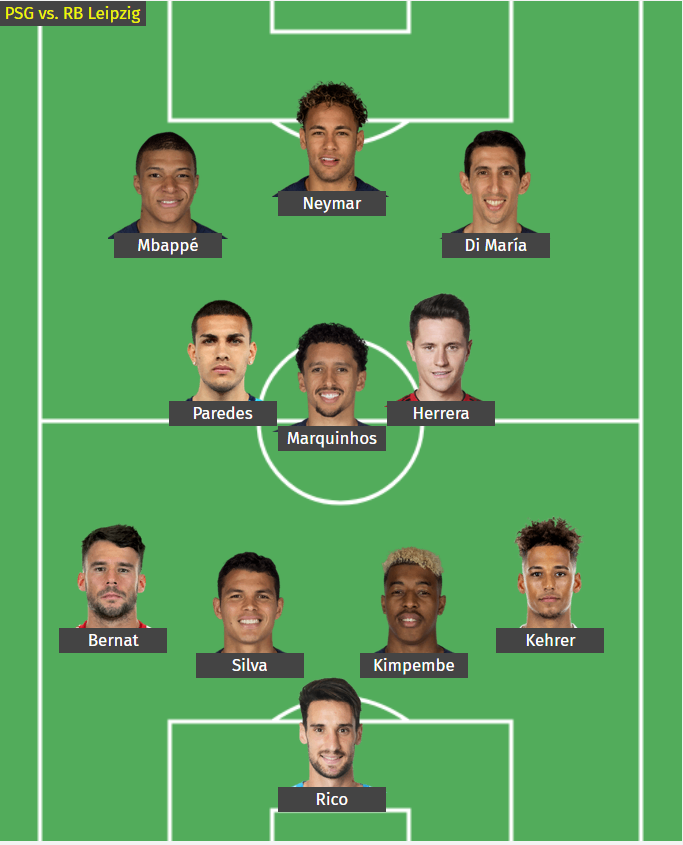
Thomas Tuchel, in 2020, was one among a number of laptop managers to reach the upper echelons of European football. Tuchel’s philosophy is based on years of careful observation of the game, rather than the experience of playing football at the top level.
Unlike other managers, Tuchel likes to adapt his tactics to the opposition. For example, at Dortmund, his 4-1-4-1 formation was often switched to a 2-3-4-1. With Mainz, he regularly chose a 4-1-3-2 formation. Recently, at PSG, he has used a 4-3-3 formation with a deep defensive line. PSG’s formation is almost always highly offense, as Tuchel strives to make room for the numerous attacking talent available to him. However, on most occasions, Tuchel will choose the formation and player roles to counteract his opponents’ setup.
His man-management skills and the level of commitment he requires are, however, essential to his style. Thomas Tuchel likes to work closely with every player and looks to develop their skills.
The German manager wants his players to be entirely devoted to winning each game. He often instructs them to press aggressively for the ball. However, he will not force counter-attacking moves when he decides that these could prove risky.
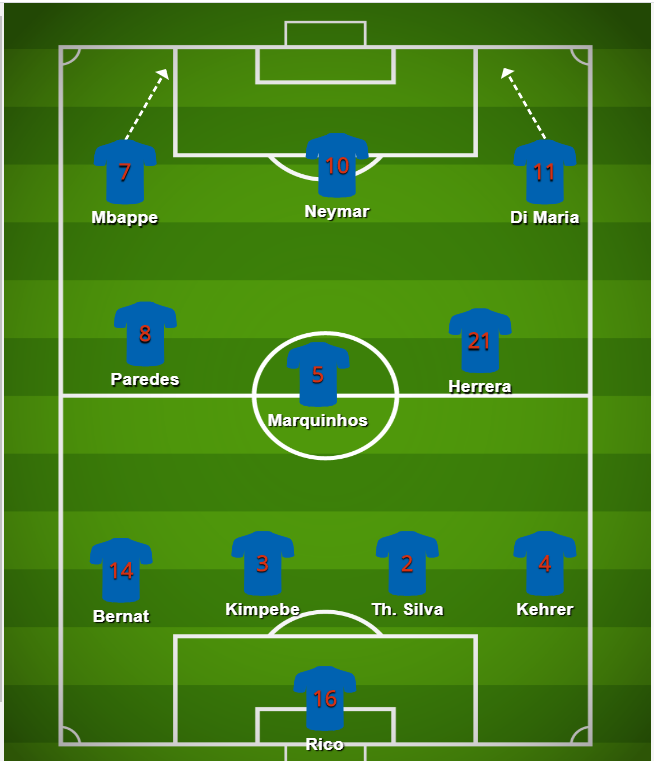
For example, against RB Leipzig, in the Champions League semi-final, Tuchel adapted to meet the strengths of Julian Nagelsmann‘s side. The back four defended deep, with Marquinhos controlling the midfield area. The front three (Neymar, Kylian Mbappe, and Angel di Maria) played in between the lines and looked to take advantage of space being afforded by a Leipzig’s high-pressing line.
Paris Saint-Germain in attack
Paris Saint-Germain’s manager, as established, likes to adapt his tactics based on the opposition. This does not only happen ahead of the game. Tuchel will often request tactical changes during 90 minutes of play. PSG often lines up in a 4-3-3 formation but could switch to a 4-4-2, or 3-4-3 based on their objective.
Tuchel has drawn comparisons, and enjoys a friendship, with manager Pep Guardiola. Like the Spaniard, Tuchel wants his teams to maintain possession as much as possible.
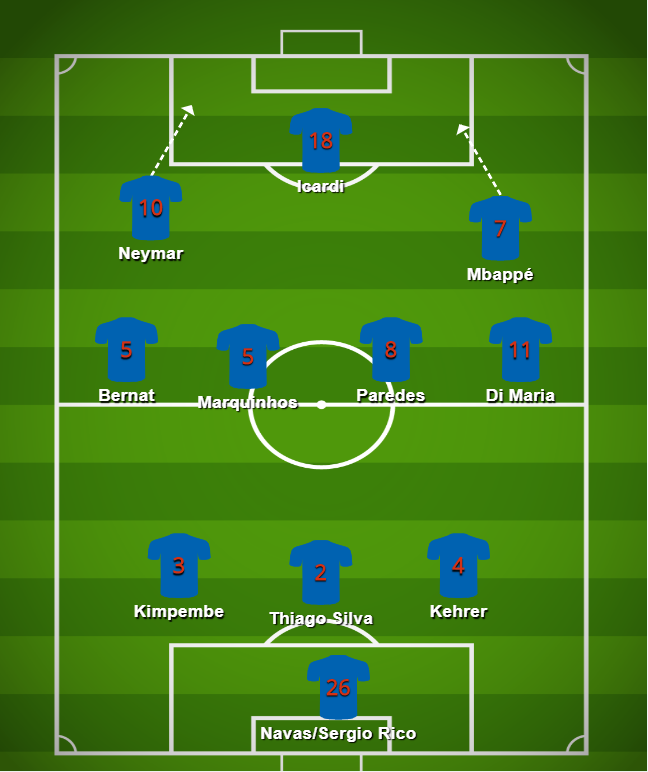
Work rate and technique required to play for PSG
Unlike other managers, Tuchel is not concerned primarily with players’ technical abilities, but with their work rate. PSG will usually use one playmaker capable of adapting to consistent man-marking.
Marco Verratti often takes on this role from a deep-set position. Marquinhos, playing from the center of the pitch, is also used as a distributor of vertical passes to Kylian Mbappe, or Neymar.
PSG’s buildup phase
It’s also important to note that while Tuchel encourages his players to play on the counterattack, the team shape will rarely change. While Mbappe and Di Maria may play between the lines, the rest of the players tend to maintain formation.
PSG likes to attack from the back. Starting with the goalkeeper (Keylor Navas, Sergio Rico) the player that is on the ball will have at least two passing options, with his teammates deployed into a diamond shape. Players are constantly on the move, looking to create superiority against the opponents’ press. It should be noted, however, that Tuchel’s men have been known to be vulnerable against aggressive man-marking.
Paris Saint-Germain in defense
PSG’s players, as a rule of thumb, are kept pretty busy. This has to do with Thomas Tuchel’s philosophy that even attacking players need to put opponents under pressure when possession is lost. Dominating space within the pitch is vital in Tuchel’s planning.
In terms of pressing for the ball, Tuchel is also open to adapting to the team’s needs. At Dortmund and Mainz, the German tactician was known for employing an aggressive pressing high up the pitch.
While players are required to maintain some type of pressure on the opponents’ ball carrier, there are also precautions taken against highly technical opponents. PSG can operate with a deep back four, extend the width of their side and look to block passing avenues.
Thomas Tuchel’s future
Tuchel is one of the most highly praised modern managers. His success with Paris Saint-Germain is worthy of acclaim, especially considering the Parisians’ previous record in the UCL. As one of the most respected football managers in the world, sky is the limit for the German tactician.
While you may not manage PSG in real-life in the near future, you can do so in FootballCoin. And, that’s just as satisfying. Come join the most complete fantasy football game on the internet!

